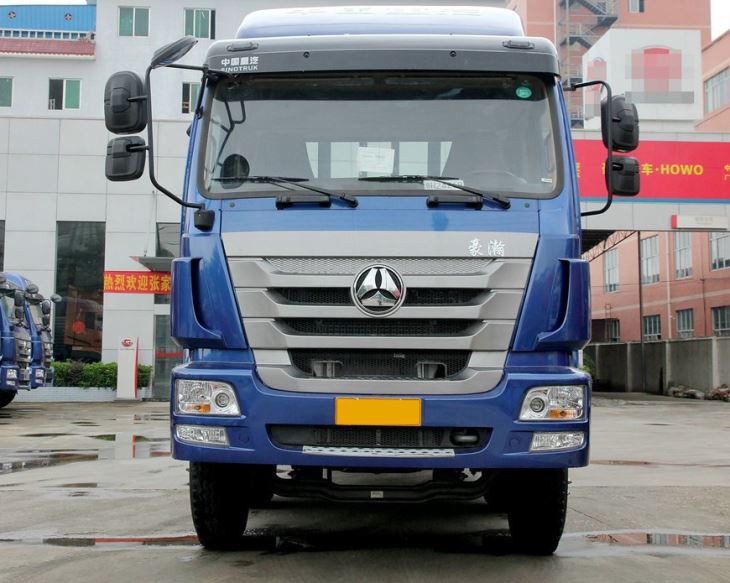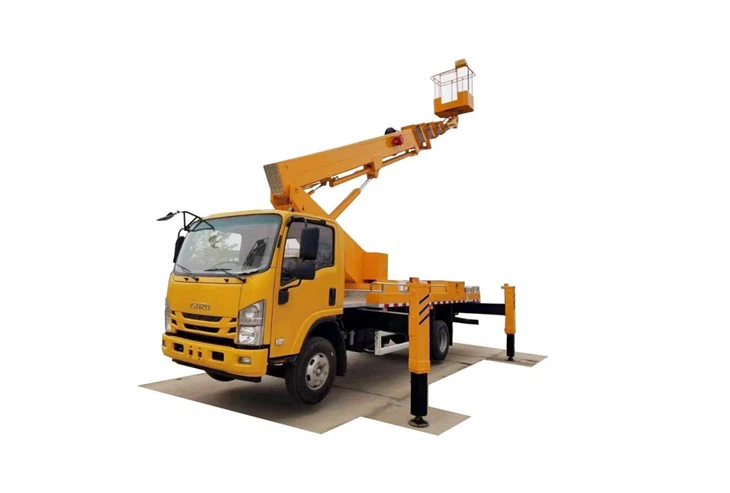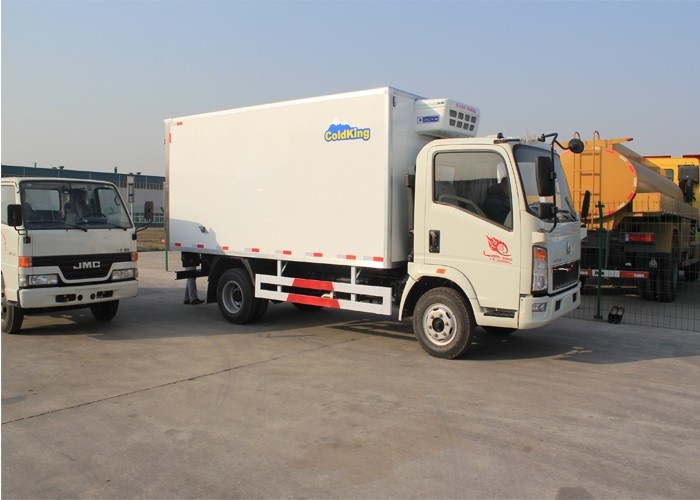The construction industry is constantly evolving, with new technology and equipment designed to improve efficiency and productivity. One of the standout innovations in recent years is the self loading cement mixer. This versatile piece of machinery is revolutionizing how concrete is mixed, transported, and poured on job sites. In this comprehensive article, we will delve into everything you need to know about self loading cement mixers, including their features, benefits, types, and tips for optimal use.
Understanding Self Loading Cement Mixers
Self loading cement mixers are all-in-one machines that combine the functions of loading, mixing, and discharging concrete. This eliminates the need for separate transportation and mixing equipment, making it easier for construction workers to manage their projects efficiently.
What Makes Self Loading Cement Mixers Unique?
Unlike traditional concrete mixers, which require manual loading of materials, self loading mixers are equipped with an automatic loading system. This feature allows operators to scoop up aggregates like sand, gravel, and cement directly from the site, reducing the time and labor needed for preparation.
Key Features of Self Loading Cement Mixers
- Automatic Loading: The mixer can scoop materials directly without needing extra equipment.
- High Capacity: Self loading cement mixers come in various sizes, from small models for residential work to larger units for commercial projects.
- Maneuverability: Many models are designed for easy movement in confined spaces, making them suitable for urban construction sites.
- All-Weather Operation: These machines can work effectively under different environmental conditions.
Benefits of Using Self Loading Cement Mixers
1. Increased Efficiency
Self loading cement mixers drastically reduce the time spent on each construction project. With the ability to load, mix, and pour concrete all in one go, contractors can finish work faster and take on more projects.
2. Cost Savings
While the initial investment can be significant, using a self loading cement mixer can save money in labor costs and reduced equipment rentals. Workers can operate a single machine instead of multiple pieces of machinery, optimizing resource use.
3. Enhanced Mobility
The compact design and four-wheel drive capability of many self loading mixers allow them to navigate through tight spots on a job site. This is particularly useful for urban construction where space is at a premium.
4. Consistent Mix Quality
Automatic mixing capabilities ensure that concrete is mixed uniformly, contributing to the overall quality and strength of the finished product. A consistent mix minimizes issues like cracking and ensures durability.
5. Easy to Operate
Most self loading cement mixers come with user-friendly controls, making them accessible to operators with varying levels of experience. Proper training can further enhance safety and efficiency.
6. Versatile Applications
These mixers can be used for a wide range of construction tasks, including driveways, sidewalks, foundation work, and road construction. Their adaptability makes them invaluable for contractors.
Types of Self Loading Cement Mixers
1. Compact Self Loading Mixers
These are smaller and designed for residential jobs or smaller construction sites. The compact size allows for easy transport and use in limited space.
2. Large Self Loading Mixers
Meant for larger projects, these mixers have a higher capacity for both aggregates and mixed concrete. They are suitable for commercial construction, paving, and large infrastructure projects.
3. Mobile Self Loading Mixers
Static models are built for operation on a single site, while mobile mixers come with additional features for transportability, enabling them to move from job to job easily.
How to Choose the Right Self Loading Cement Mixer
1. Consider Your Project Size
The size of the mixer you choose should correspond to the scale of your projects. For small to medium-sized jobs, a compact mixer is usually sufficient.
2. Look for Quality and Durability
Invest in a well-built mixer made from high-quality materials. A durable machine will withstand the rigors of constant use and provide a longer service life.
3. Evaluate Features
Consider what features are essential for your work, such as drum capacity, mixing time, and loading capabilities. Make sure the machine can handle your specific needs.
4. User Reviews and Brand Reputation
Research different brands and models by reading user reviews and ratings. A company with a strong reputation for customer service and reliability can make a difference in your decision-making process.
Maintenance Tips for Self Loading Cement Mixers
1. Regular Cleaning
After each use, clean the drum thoroughly to prevent concrete buildup. This practice will maintain the mixing quality and extend the life of the mixer.
2. Check Fluid Levels
Regularly inspect the oil and hydraulic fluid levels to ensure proper operation. Low fluid levels can lead to performance issues or breakdowns.
3. Routine Inspections
Conduct regular inspections of key components like the engine, transmission, and mixing drum. Early detection of wear and tear can prevent costly repairs.
4. Follow Manufacturer’s Guidelines
Every mixer comes with a manual outlining maintenance requirements. Follow these guidelines closely to ensure optimal performance and longevity.
5. Train Operators
Provide proper training for operators to maximize equipment efficiency and enhance safety measures. Well-trained personnel are less likely to create maintenance issues.
Self Loading Cement Mixer in Action: Practical Examples
Residential Construction
In residential construction, self loading cement mixers can quickly prepare concrete for driveways, patios, or foundations. A contractor may complete a driveway pour in just a few hours instead of a full day with traditional methods.
Commercial Projects
For larger commercial projects, such as shopping centers or office buildings, self loading mixers significantly reduce labor and time. For example, a shopping plaza that requires multiple concrete pours can utilize these mixers to streamline the process effectively.
Paving and Road Work
In road construction, these mixers allow contractors to produce concrete directly at the job site and meet specific road specifications. The quick turnaround can decrease project timelines and improve throughput.
Frequently Asked Questions (FAQs)
1. What is a self loading cement mixer?
A self loading cement mixer is a machine designed to load, mix, and discharge concrete all in one operation, often featuring automatic loading capabilities from site materials.
2. How does a self loading cement mixer work?
It operates by scooping aggregate materials, mixing them in a rotating drum with water and cement, and discharging the ready-to-use concrete directly at the job site.
3. What are the typical applications of self loading cement mixers?
These mixers are commonly used for residential projects, commercial buildings, paving, road construction, and any jobs requiring efficient concrete preparation and delivery.
4. Are self loading cement mixers easy to operate?
Yes, most models are designed with user-friendly controls, making them accessible for operators with various skill levels after receiving appropriate training.
5. How much do self loading cement mixers cost?
Prices vary widely based on model size, features, and brand but generally range from $15,000 to $100,000 or more. Consider your specific needs and budget when choosing.
6. How do I maintain a self loading cement mixer?
Regular cleaning, checking fluid levels, routine inspections, following manufacturer guidelines, and training operators are essential for maintaining a self loading cement mixer in optimal condition.



